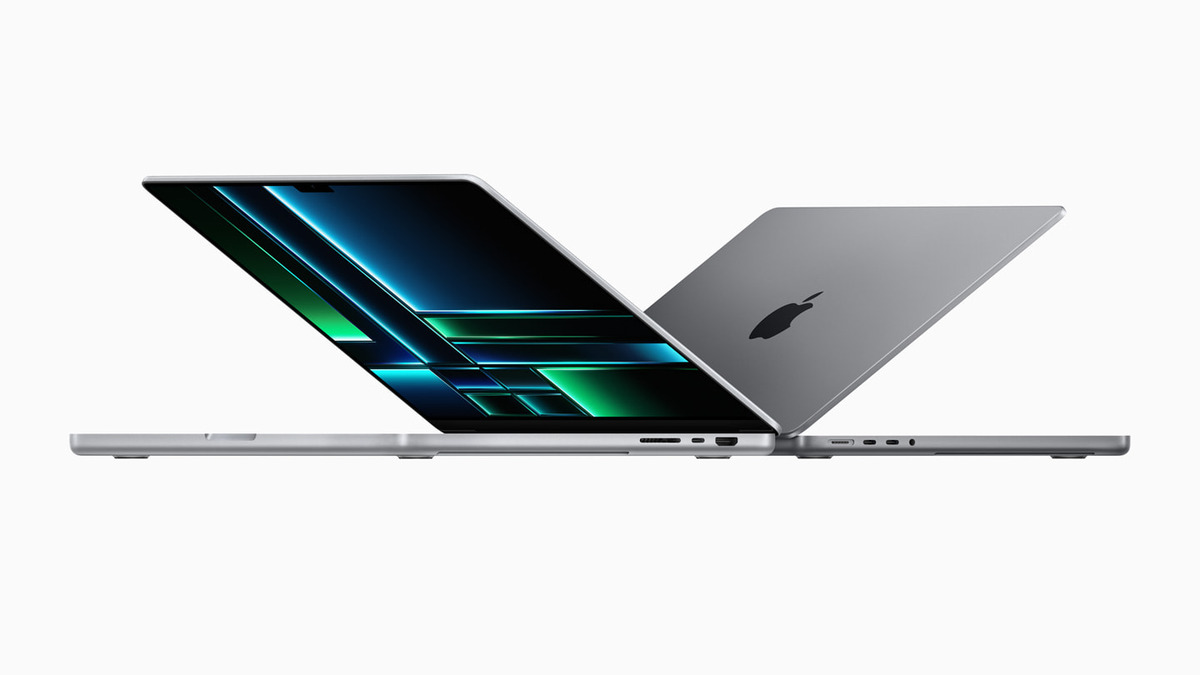Apple has officially completed its transition from Intel processors to Apple silicon in its Mac lineup. This marks a significant milestone that began over four years ago when Apple first announced the switch.
The journey started in November 2020 with the launch of the M1-powered MacBook Air, MacBook Pro, and Mac mini.
Despite initial production challenges during the pandemic, Apple and its chipmaker, TSMC, have now established a steady release cycle for their M-series chips. The latest M4 chip, released in November 2024, solidifies this transition.
The M4 chip brings significant performance improvements over Intel’s processors, making it hard for users to justify holding onto older Intel-based Macs. Beyond speed, Apple silicon offers better efficiency, improved battery life, and quieter operation, especially in MacBooks.
Apple has also addressed previous concerns about software compatibility. Most apps now run natively on Apple silicon, eliminating the need for Rosetta 2, which was used to bridge compatibility gaps during the transition.
With the addition of new designs across the Mac lineup and a baseline 16GB unified memory configuration, Apple has ensured its Macs meet modern user expectations.
The upcoming M5 chip, expected in late 2025, will continue to build on this foundation, promising further performance boosts.
This milestone represents a new era for Apple’s Mac lineup, with the transition paving the way for future innovations like OLED displays and cellular connectivity, expected in the coming years.













